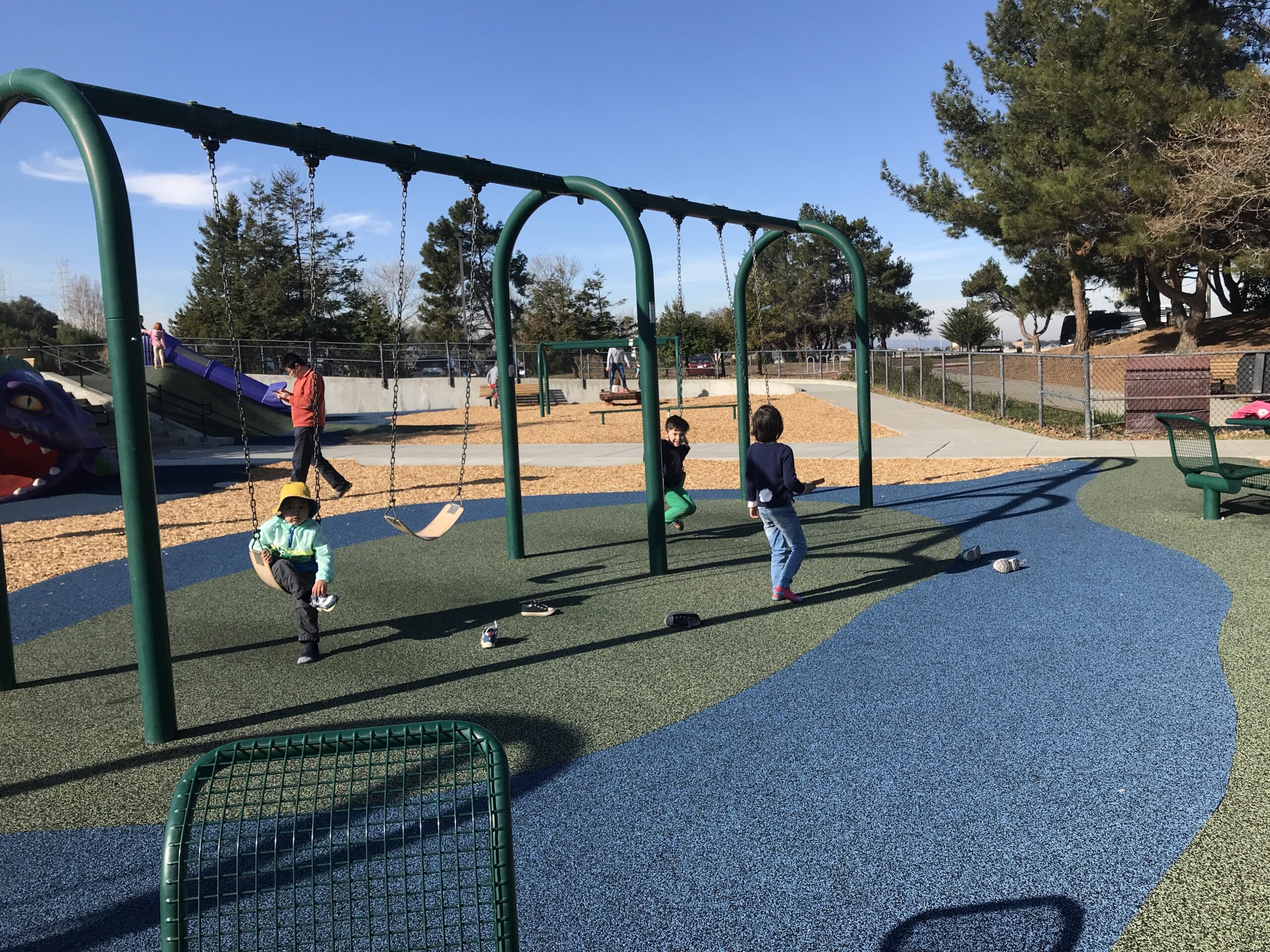As a teacher, I always found myself eager to take my students to the playground, not only for the joy and excitement it brings, but also because it serves as a treasure trove of physics lessons waiting to be explored. Play structures like swings, seesaws, and slides all demonstrate fundamental principles of physics that can spark curiosity and understanding in young minds. One of my favorite physics concepts to explore using playground equipment is the pendulum period, which examines how the time it takes for a pendulum to complete one oscillation depends on its length, not its mass. In this article, we’ll delve into a fun and engaging experiment using a playground swing to discover the fascinating world of pendulum physics.
Setting Up the Experiment: To conduct this hands-on experiment, you’ll need access to a playground swing and a stopwatch or timer. You can perform this experiment alone, but it may be more enjoyable and easier to measure time accurately with a friend’s help.
Step 1: Measure the Pendulum Length: The length of the pendulum in this experiment is the distance from the pivot point (the top of the swing) to the center of mass (the midpoint of your body when sitting on the swing). You can approximate this distance using a measuring tape or simply use your body height as an estimation.
Step 2: Establish a Baseline: Sit on the swing and start swinging back and forth gently. Ensure that you maintain a consistent amplitude (the maximum angle from the vertical) during each oscillation. Once you’ve established a steady swinging motion, have your friend time the period by counting how long it takes for you to complete 3 oscillations (from the highest point on one side to the highest point on the other side and back). Divide the total time by 3 to find the average period for one oscillation.
Step 3: Alter the Mass: Now, it’s time to experiment with the mass. Hold a heavy object, such as a backpack filled with books or a weight, while sitting on the swing, or switch who is sitting on the swing. This change alters the mass but doesn’t change the length of the pendulum.
Step 4: Measure the Period Again: Repeat the swinging motion, maintaining a consistent amplitude as before. Have your friend time the period for 3 oscillations again and calculate the average period for one oscillation.
Too Complicated? Try this Variation: If you have access to two swings of nearly the same length, you can simply recruit two participants with different masses (for example, one adult and one child) and have them swing simultaneously, maintaining the same amplitude during each oscillation. Observe and compare the periods of the two swings. Since the lengths of the pendulums are similar, you should notice that the periods remain consistent despite the differences in mass between the two participants, reinforcing the principle that the period of a pendulum depends solely on its length, not its mass.
This playground experiment highlights the incredible learning opportunities that can be found in everyday play structures. As a teacher, I’ve always preferred to inspire curiosity and understanding by connecting physics concepts to the world around us. The pendulum experiment on a swing set is a perfect example of how we can bring these lessons to life, transforming a simple playtime activity into a captivating educational experience. I encourage you to give this experiment a try, either with your own children, students, or friends, and explore the fascinating world of pendulum physics for yourself. Remember, the playground is a place for fun and games, but it can also replace a classroom with the number of invaluable lessons waiting to be discovered.

